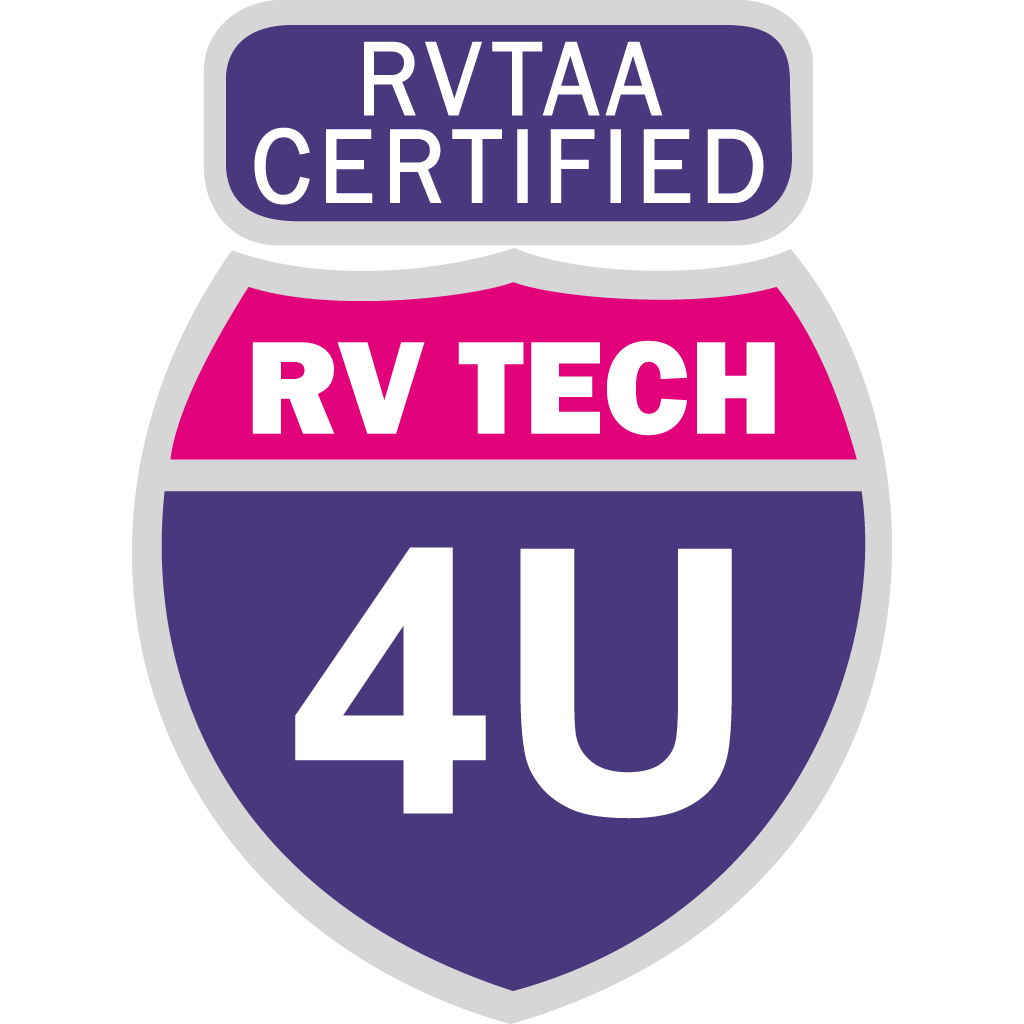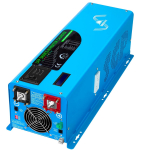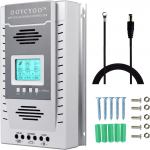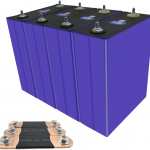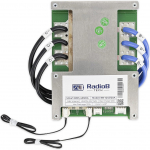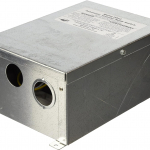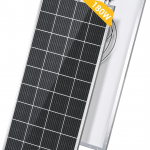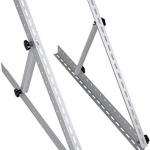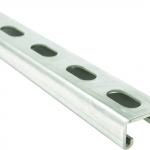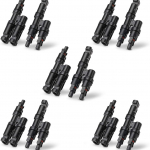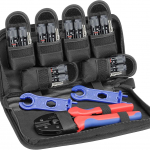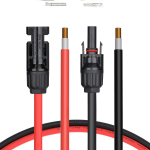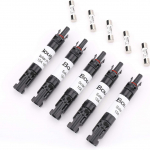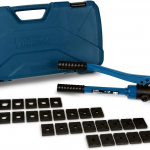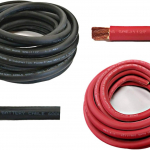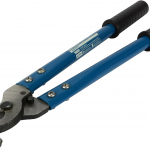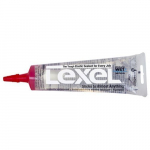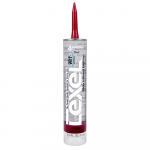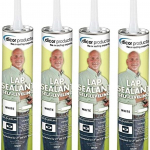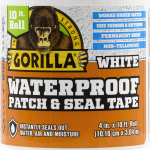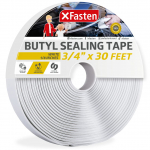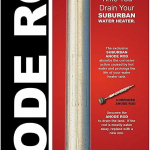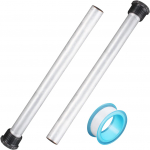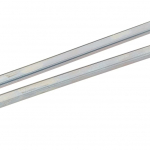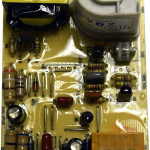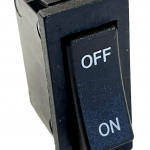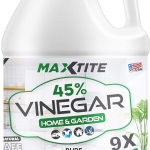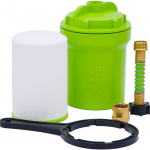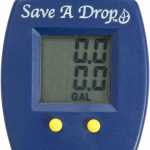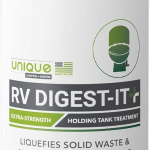The Parts We Told You About
Largely due to our fully nomadic nature, we only carry parts with us that will “save the day”. Because of that, we often find ourselves sending RV owners to Amazon.com to pick up things they need for us to install or for themselves to install from their home base. There are also a ton of products we use ourselves while camping that we can recommend because we know they worked for us.
We’re putting them all here as Amazon links to make finding the right parts easier. We’re doing it as Affiliate Links because… well, why not? We’re nice people and deserve a little kickback that costs you nothing. 🙂
This section will evolve as we make actual recommendations to people. We might even do a newsletter at some point about why you would want the thing we just added.
Solar Stuff
Our current charge controllers. These are a perfect match for our 180W panels by doing two parallel sets of two series panels (2S2P). Each set of 4 panels makes 2 x 10 gauge wires through the roof to the charge controller. We use three of these controllers in parallel at nowhere near their max output and never with cooling fans running.
Our current transfer switch. Current power to the breaker box is the “generator input” and the inverter is the “shore power” input. A separate tap from the “generator input” goes to the charger function of the inverter in our setup. Using a transfer switch in a motorhome with an Intellitec power management system is a complex topic, so only get this if you know what you’re doing!
Our solar panels. We actually have both these 9BB and the older 6BB versions and we can attest to the 9BB version being a bit friendlier to the shade cast by our rooftop ACs. Our configuration uses 12 of these in 3 strings which each have 2 parallel strings of 2 series panels. We generally see about 40 volts at the charge controller at around 16 amps in winter boondocking mid-solar-day. That’s much better than we expected and delivers 45 to 50 amps of battery charging for each set of 4 panels.
We used these solar tilt mounts. I’ll probably write a whole article at some point on tilt mounts, but based on the performance we got in the heat of summer, whether you tilt them or not, the air space seems to really matter. I don’t think I would ever use a “Z bracket” system just because you can’t clean and can barely see under them. Also, we got an unexpected benefit from the air space: It’s like having built in shade for the covered part of the roof, which for us is nearly the whole thing. We noticed a difference in daytime heating inside.
NOTE: Do not actually buy this from Amazon! Go to Lowe’s or Home Depot because 10 foot sticks are about $30 (as of the time of writing this). They should be raised up above your roof using a UV safe rubber spacer washer and a high profile flat washer. Use a stud finder to locate the primary hardpoints in the roof and use those to mount the strut channel, then use the twist in channel nuts to hold the tilt mounts. There are plenty of videos on YouTube describing why using channels is better, but we added the washers so water could easily run under them.
Putting fuses on paralleled sets of solar panels is pretty important because it keeps a short in one string from turning another string into a fire hazard. The reason the parallel points are fused is a topic with a few good articles and videos.
PRO TIP: If you’re wondering why so many of the things we bought were BougeRV brand, it’s because MC4 connectors from different manufacturers aren’t always a perfect fit. BougeRV had good (and usually the best) prices, so we stuck with them for everything MC4 related.)
If you’re going to be doing a lot of work with battery cables, you’ll need some of this too. This listing is TEMCo brand. We’ve always been happy with the quality and ease of use for their fat wires. If you go for a cheaper wire, be our guest, but you only want 90C wire and you want the tiny-stranded version. The strand size is important because of the way current travels along surfaces (a topic for a long video).
WARNING: Selecting the correct gauge of wire is not as straightforward as finding a chart online. House wiring requirements are different than battery cable requirements. The TYPE and LENGTH of the wire plays a huge role in which gauge you can safely use. Bigger is always better in all ways EXCEPT cost and weight. DO EXTENSIVE RESEARCH because the Internet is full of not-very-informed experts on this particular topic!!!
